-
•
•
10 responses
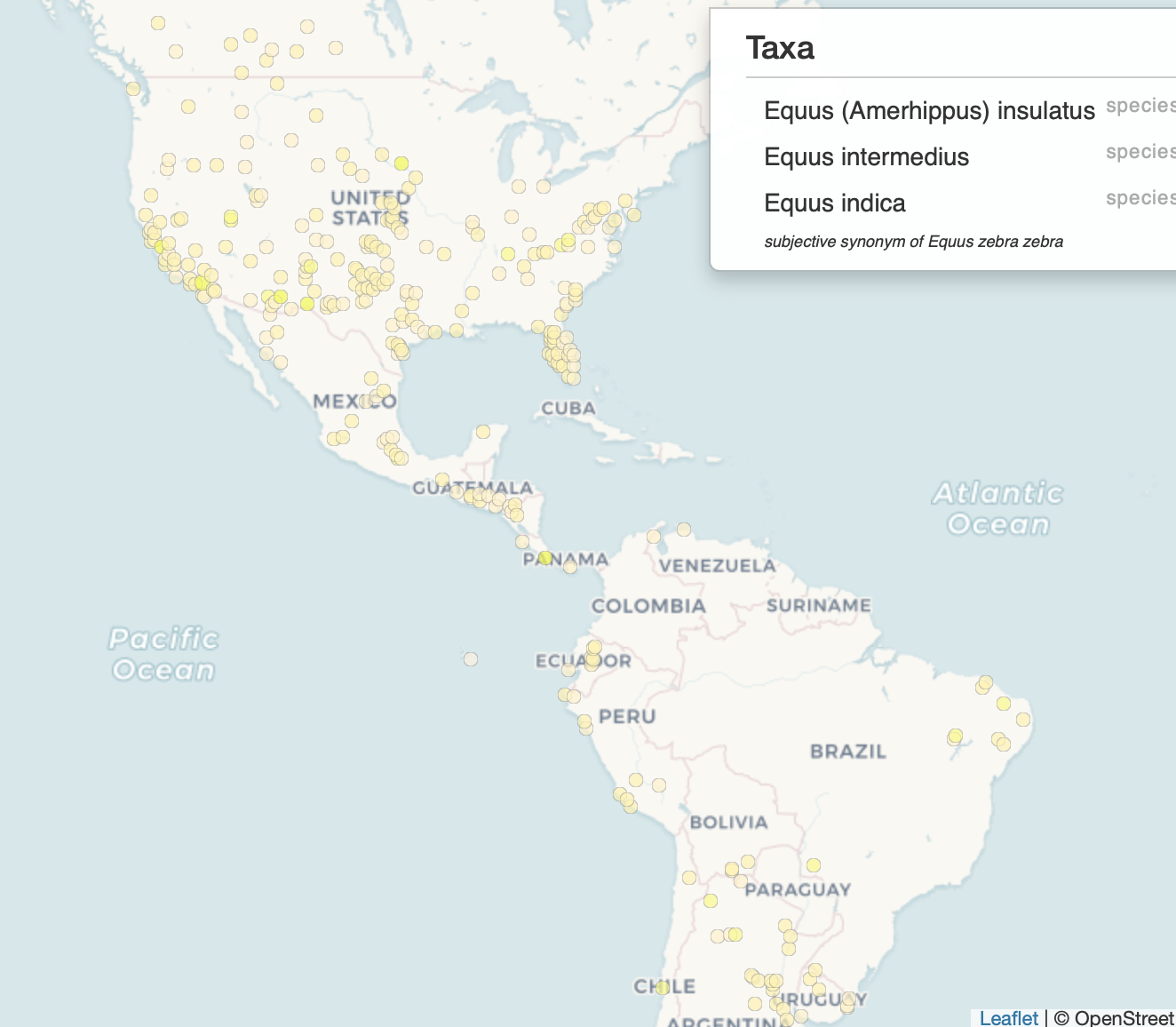
Distribution of Equus fossils in the Americas from the Quaternary, Paleobiology Database The fossil record for horses in the Quaternary in the Americas, a very niche topic, has had particular interest to Latter-day Saints for well-known reasons. At the outset I should lay my cards on the table and state that I hold to a loose translation model of the Book of Mormon production and simply think that horses and maybe even at times the very 19th century Christian language and themes in the Book of Mormon come from that daylight between what was inscribed on the plates and how… Read More
-
•
•
21 responses
So quite the discussion a few weeks ago, and my apologies for returning to it since the last one got a little heated. I did mean the post as a Bloggernacle topic, or how do we interpret the issue of the State of Israel in in terms of our religion? Again, that’s why I brought up my teachers’ quorum adviser’s comments those many years ago. A few commentators said I should not bring up Jesus, but again, the point of the post was to think about this topic in religious terms. The point was our religious constructs and not simply… Read More
-
•
•
3 responses
The Pharisees get a bad reputation from their portrayal in the gospels, but it probably isn’t deserved. Jewish scholar Amy-Jill Levine recently discussed why that is likely to be the case that we are guilty of misunderstanding the Pharisees in a recent interview at the Latter-day Saint history blog From the Desk. What follows here is a copost to that interview. To start, Amy-Jill Levine shared some information about who the Pharisees were: In much of the Christian imagination, beginning with the Gospels, the Pharisees (with a few notable exceptions) represent hypocrisy, misogynism, elitism, xenophobia, the letter of the law… Read More
-
•
•
8 responses
Long-time followers of my blog posts (if any exist) are likely aware that I have a complicated relationship with Elder Bruce R. McConkie. He was hugely influential to me in my teenage years and early twenties before my own views of Latter-day Saint theology began to conflict with his in a few very notable ways. I still have a large amount of respect for him, both for his role as an apostle and his intellectual efforts to create a systematic theology, but I also find that his authoritarianism and some of his views rub me wrong. I don’t seem to… Read More
-
•
•
6 responses

Fun fact: One of the most prominent movies about the life of Muhammad (who, out of respect for Sunni Muslim sensitivities, is never actually shown onscreen) was produced and directed by Latter-day Saint Richard Rich, who has also done some Book of Mormon films, and whose aesthetic you might recognize from movies like the Swan Princess. Muhammed occupies an interesting place in Latter-day Saint thought. On one hand, Joseph Smith was often compared to Muhammad in the 19th century, and there are a lot of points of similarity with the idea of a true faith being restored to… Read More
-
•
•
12 responses
I generally have vowed to stay out of specific political discussions online, but this is not about any specific political issue – I have seen this claim too often with many issues or candidates from all side of the spectrum and in different locales (and not just the presidential election in the USA that dominates discussion right now). I am seeing far too many people declare that support for [a specific candidate or law or hot button political issue] is “alienating” (or various synonyms, but mostly that interestingly specific word) them from the rest of the Church membership. Read More
-
•
•
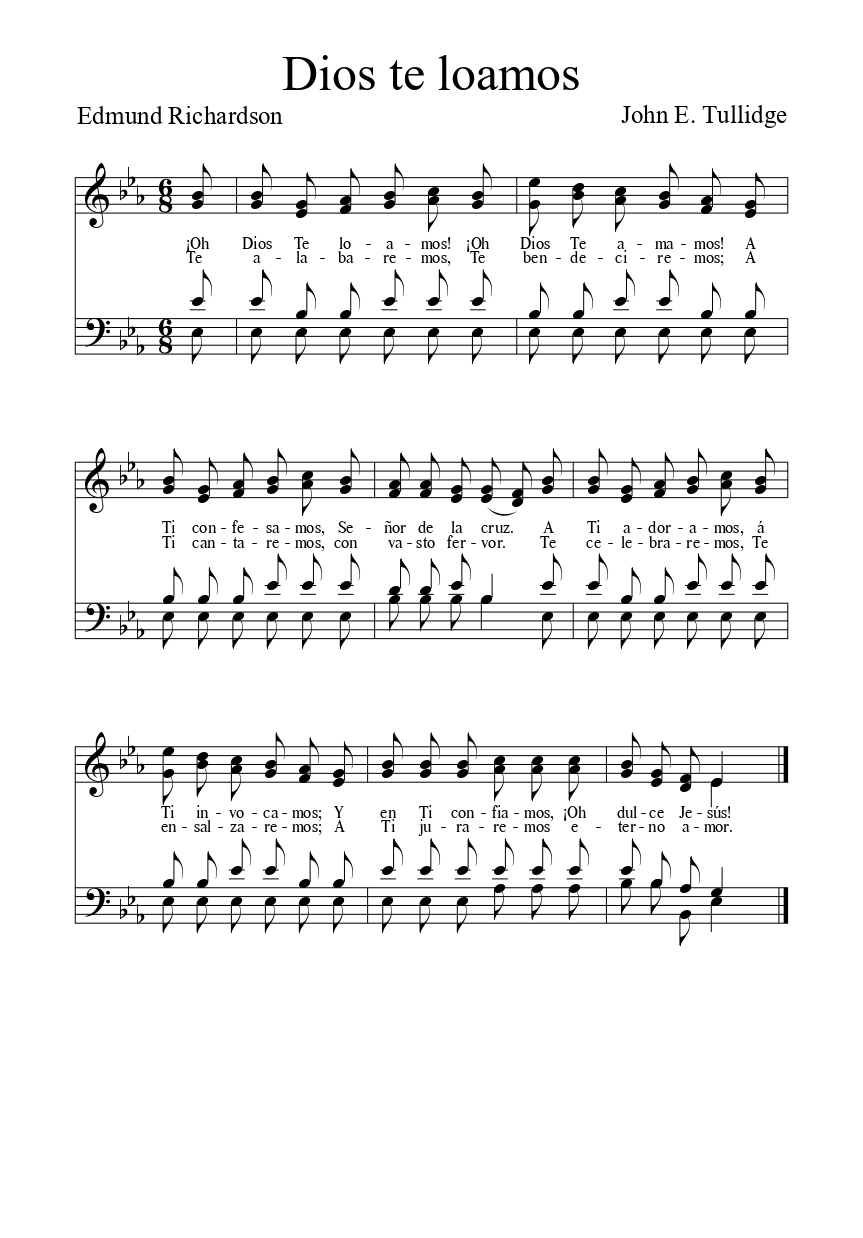
“Dios Te Loamos” by Edmund Richardson was one of the shorter original hymns included in the Mexican Mission hymnals. That being said, I am fond of this text. Read More
-
•
•
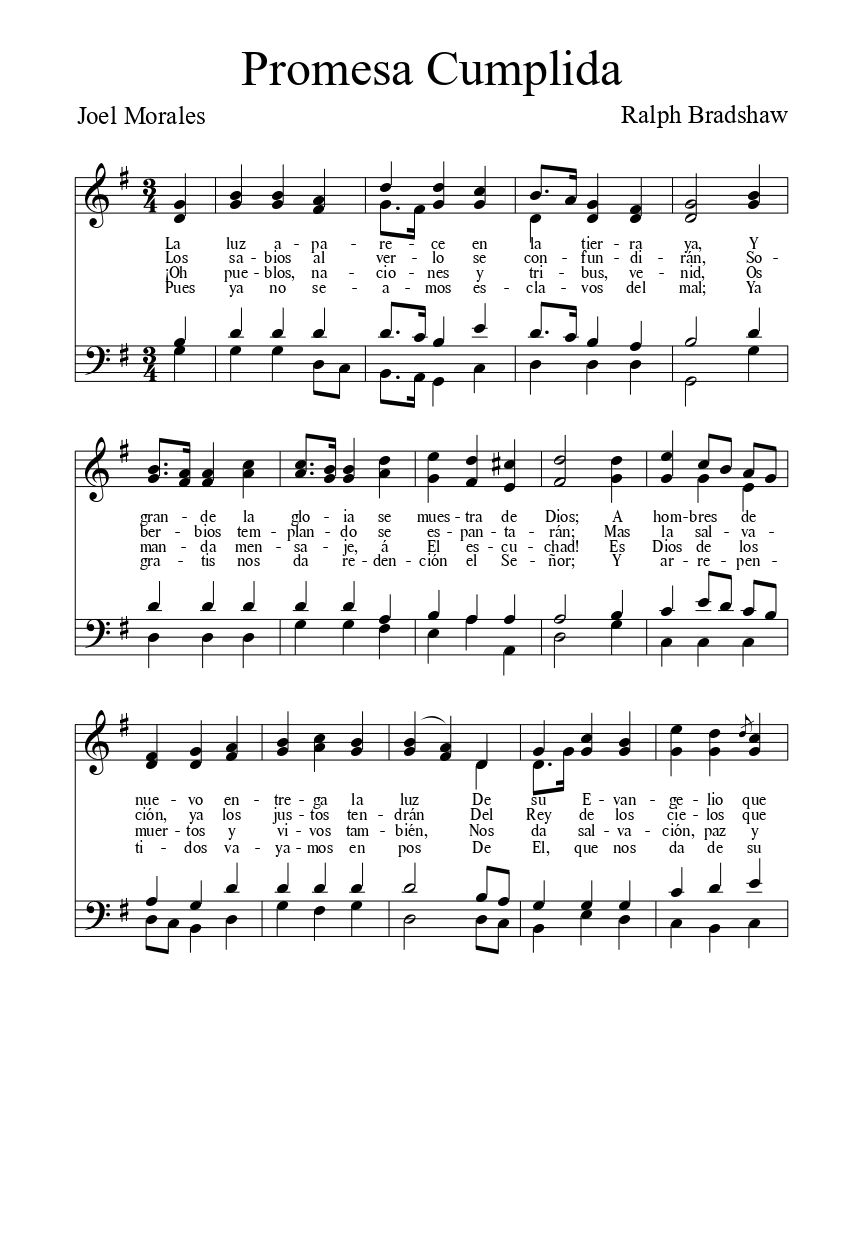
“Promesa cumplida” by Joel Morales is a fantastic example of hymns about the Great Apostasy and the Restoration of the Gospel of Jesus Christ in Mexican Latter-day Saint literature. Read More
-
•
•
7 responses
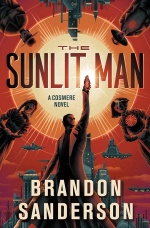
This post is full of spoilers. Don’t read it until you’ve read the book, which is very much worth reading and has become one of my favorites by Sanderson. Read More
-
•
•
4 responses

Worlds Without End in the style of Van Gogh How is it that hardly any major religion has looked at science and concluded, “This is better than we thought! The Universe is much bigger than our prophets said, grander, more subtle, more elegant?” Instead they say, “No, no, no! My god is a little god, and I want him to stay that way.” A religion, old or new, that stressed the magnificence of the Universe as revealed by modern science might be able to draw forth reserves of reverence and awe hardly tapped by the conventional faiths. -Carl Sagan One… Read More
-
•
•
There were two hymn texts in the Mexican Mission hymnals that I wasn’t really sure what to do with: “El Tiempo Ha Llegado” and “Te glorificamos, oh Dios.” Read More
-
•
•
4 responses
Just in time for us to study Alma in “Come, Follow Me,” the Latter-day Saint history blog From the Desk published an interview with Kylie Nielson Turley about theology in Alma. Kylie Nielson Turley wrote the Maxwell Institute’s brief theological introduction to the first half of the Book of Alma and has a lot of insights to share from her time researching and studying about Alma. What follows here is a copost to the full interview (a shorter post with excerpts and some discussion). Read More
-
•
•
4 responses

The website “Court Listener” is a publicly available source for looking up cases around the country. By searching for the term “Latter-day” I looked for all cases involving the Church that were filed sometime during 2024. Of course, I am no lawyer (unlike By Common Consent, our bench is quite shallow on the legal side of things), so I uploaded the court PDFs to ChatGPT to explain the role of the Church in the respective case. I did not include one divorce case that was picked up or any case that simply cited a case that the Church was involved… Read More
-
•
•
I don’t think it’s a secret that I have an ongoing fascination with the Doctrine and Covenants. I am, after all, publishing a book about it this winter and (as my Mexican Mission Hymns project is coming to a close), I’m beginning work on an annotated edition of the Doctrine and Covenants. But that fascination extends beyond the Doctrine and Covenants to include other documents that are similar to those found within. Thus, I’m excited to note that BYU and Deseret Book recently published a new collection of Joseph Smith’s non-canonical revelations. And the authors recently shared some information about… Read More
-
•
•
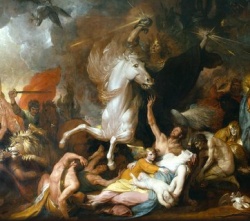
Christopher James Blythe. Terrible Revolution: Latter-day Saints and the American Apocalypse. New York: Oxford University Press, 2020. ISBN 978-019-7695159. Terrible Revolution traces the central place of apocalypticism in LDS history and belief along multiple axes. Chronologically, the book traces the varieties of apocalypticism from the American religious context of Joseph Smith’s earliest activity through the Church’s Utah period and into the 21st century. Read More
-
•
•
15 responses

Latter-day Saint homeschooling families living outside the Mormon belt face a conundrum. For the uninitiated, many if not most homeschoolers actually do quite a bit of organized educational activities with other homeschoolers in what are called “homeschool co-ops.” Sometimes this is limited to activities while in other cases one of the parents will volunteer to teach. (So yes, contrary to popular stereotypes, homeschool kids do actually get quite a bit of socialization.) However, again outside of the Mormon Belt it seems that homeschool families basically fall into two camps: purple haired, hippie, atheist types or super religious, often fundamentalist protestant… Read More
-
•
•
3 responses
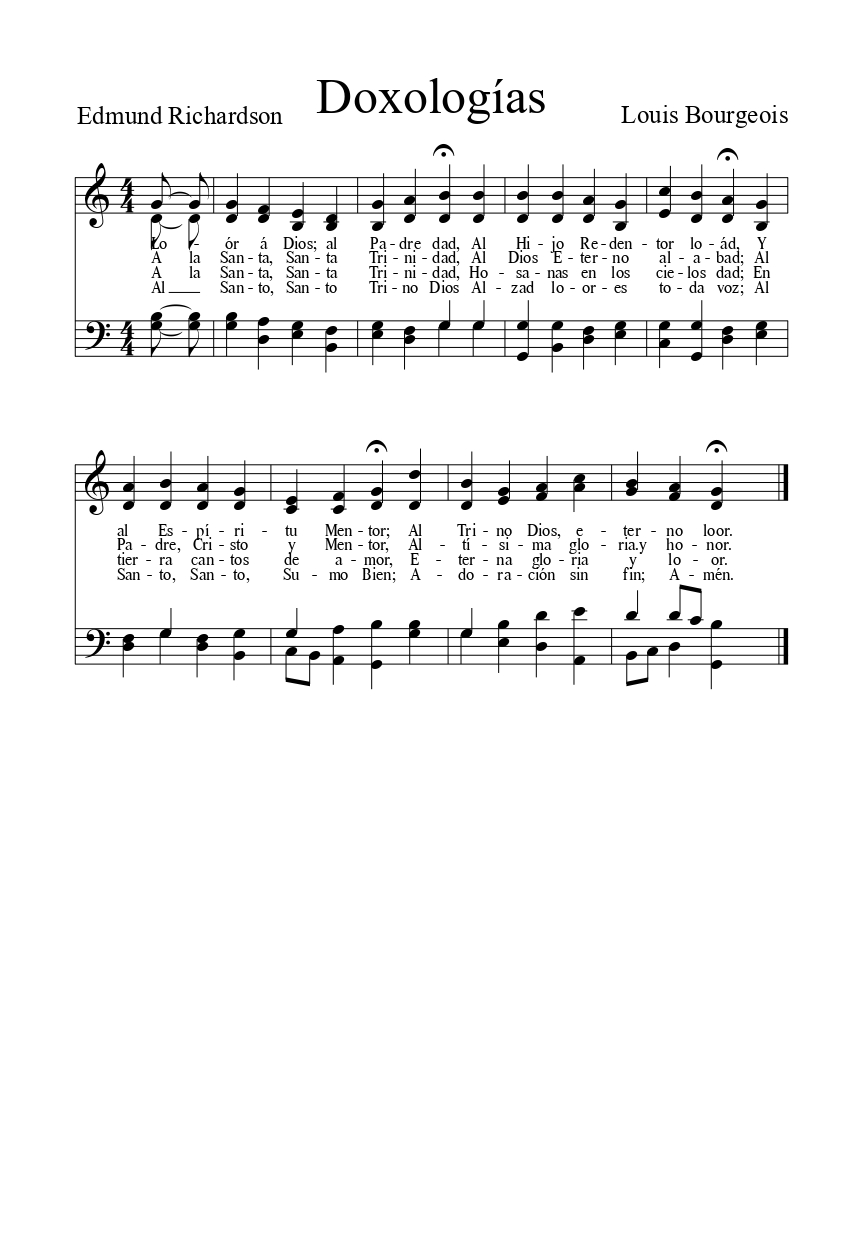
Doxologías is an expanded text based on “Praise God from Whom All Blessings Flow”, but it was eventually phased out in favor of the latter by the time that the 1942 hymnal was published. Read More
-
•
•
86 responses
When I was 14 c. 1990, my teachers’ quorum instructor was giving a lesson (hard to remember what the particular topic was) when he went into a diatribe about what a horrible injustice the creation of the state of Israel was. I’d never heard anybody say that before, but I’ve come to agree whole heartedly with that adviser. In 1947, the UN under pressure from the US and Soviet Union, passed Resolution 181, giving Israelis 56% of the land of Palestine even though Israelis only owned 7% of Palestine [this number is apparently overly simplistic; see DSC’s maps below] prior… Read More
-
•
•
11 responses

Stephen Cranney and Josh Coates This is one of a series of posts discussing results from a recent survey of current and former Latter-day Saints conducted by the BH Roberts Foundation. The technical details are in the full methodology report here. Occasionally in Latter-day Saint discourse people that have lost their testimonies of the Church’s truth claims float the idea that perhaps they could salvage their belief in the Church if it was made to be more allegorical and less literal. At the outset we admit our own perspective that, while we respect people’s different beliefs and ways of making… Read More
-
•
•
7 responses
Sorrell, Sydney A., G. Tyler Lefevor, Samuel J. Skidmore, Rachel M. Golightly, and Kyrstin NL Searle. “Understanding How Religiousness Shapes Perceptions of Compulsive Sexual Behavior.” Journal of Sex & Marital Therapy (2024): 1-16. Read More
-
•
•
10 responses
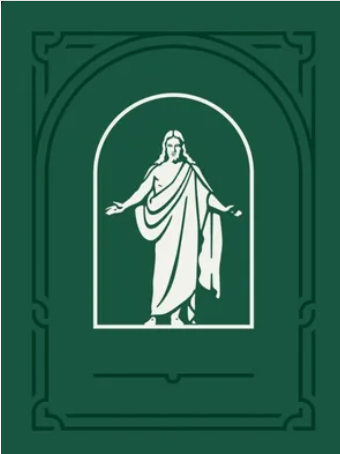
Hymns—for Home and Church will be getting its first preview tomorrow! Back at the start of April, the Church announced that “12 hymns of the new ‘Hymns—for Home and Church’ will be available on May 30, 2024.” We already know that “Come, Thou Fount of Every Blessing” will be among those (that was explicitly stated in the April announcement and has been shown in footage related to the release), but we aren’t sure what the other ones are yet. After this first release, there will be “new batches coming every few months.” Read More
-
•
•
I’ve always had a sort of amateur, passing interest in architecture, and temple architecture in particular. However, I’ve never had enough to Read More
-
•
•
40 responses

Blind leading the blind I’m not saying that religious studies folks are blind to things that matter, I just thought it was a good depiction of the religious studies treadmill in general, and I kind of just like the picture. I have one of those Facebook friends who I’ve only met briefly once in real life (at Sunstone), but with whom I’ve had enough Facebook interactions with that it’s like we know each other in person. I’ve been privy to a tragic trajectory of his career that I’m seeing as becoming all too typical. He enjoys researching and talking about… Read More
-
•
•
4 responses
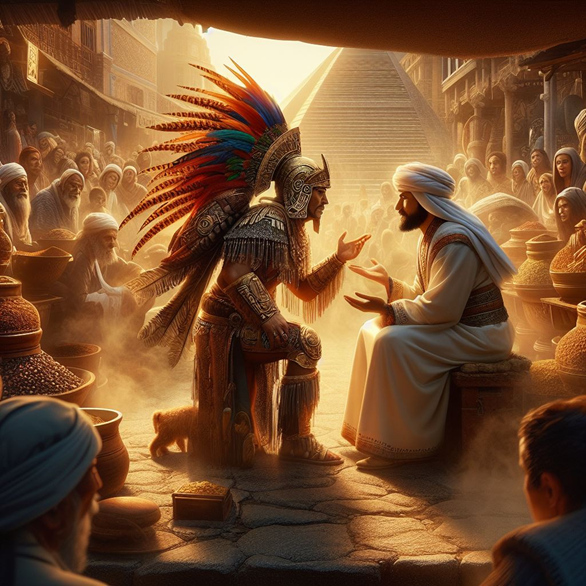
Despite keeping the name-title of the Nephite founder in their royal name, the outsized positive influence of that prophet-king and founder of the Nephites was clearly quickly missed. “The people of Nephi, under the reign of the second king, began to grow hard in their hearts, and indulge themselves somewhat in wicked practices,” Jacob lamented (Jacob 1:15). They began to be preoccupied with obtaining riches and indulging in immoralities. Realizing that the Jewish immigrants were just a fraction of the People of Nephi helps many more things make sense. After all, the multiple wives and girlfriends of the wicked Nephites… Read More
-
•
•
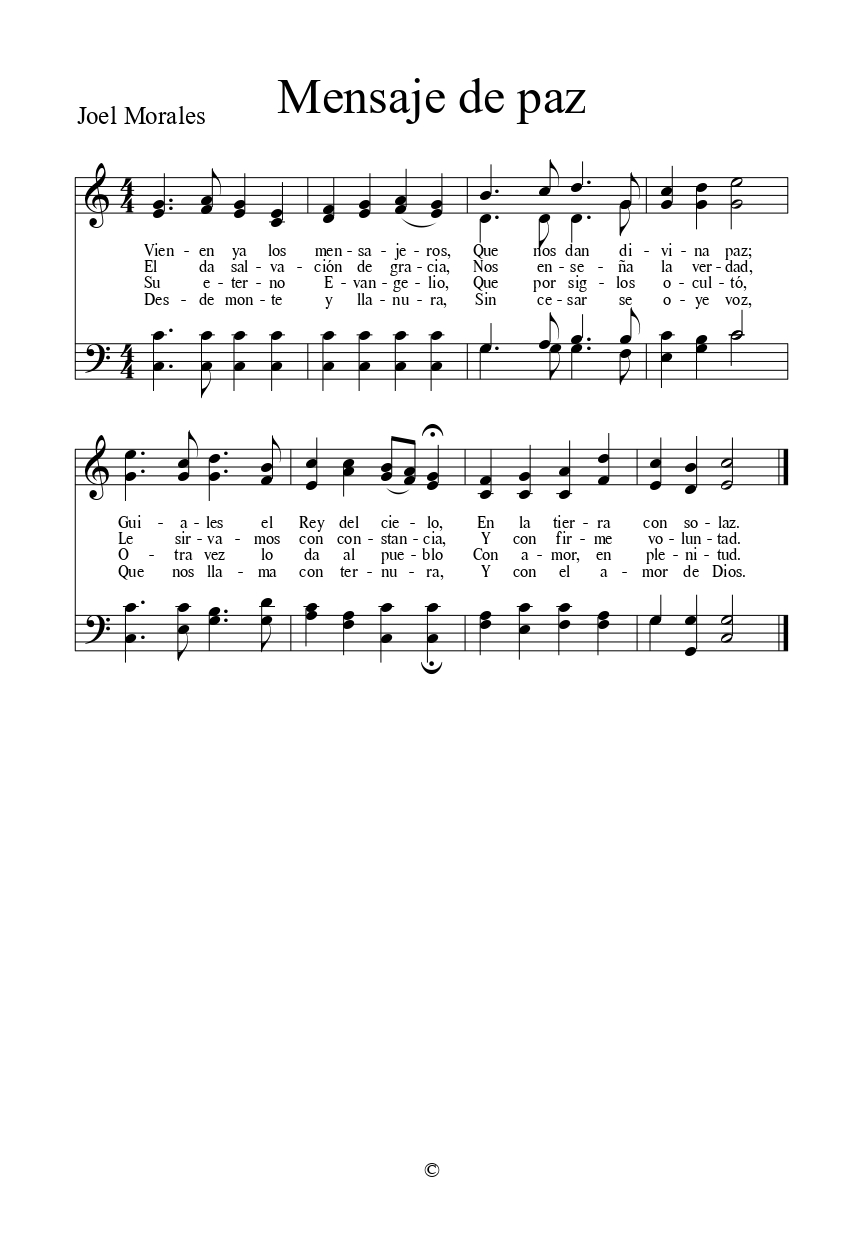
“Mensaje de paz” by Joel Morales is notable as being the song that was sung when Elder Melvin J. Ballard and then-ambassador J. Reuben Clark, Jr. visited with the Latter-day Saints in Mexico in 1932. Morales is also the author of “La Proclamación” and “Final.” Read More
-
•
•
One response
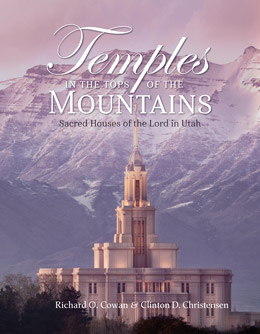
Temples in the Tops of the Mountains: Sacred Houses of the Lord in Utah by Richard O. Cowan and Clinton D. Christensen (BYU RSC and Deseret Book Company, 2023) helped me solve a long-time mystery about my life. You see, when I was six years old, I went to the Vernal, Utah Temple open house. For some reason, I walked away believing that there was only one temple baptismal font for the whole church that they just moved between temples. I even told my Primary that is what I learned at the open house when they asked me about it.… Read More
-
•
•
One response
An Anonymous Account of an Experience with the Honor Code Office at BYU and its Aftermath that was Submitted to T&S as a Guest Post. Surprisingly, after the initial rush of dread the first feeling after seeing the pop-up message on the screen was one of relief. I had been caught, would be reported to the honor code office, and was told to log off immediately. It started very subtly. As a newlywed I had a basic curiosity about this new world of sexuality that I had just entered into, and that was the hook which led to me… Read More
-
•
•
One response

It was a coup (or divine providence) that Nephi and his brothers Jacob and Joseph were able to assert themselves as religious leaders in this new land, spiritually guiding thousands who were already in the Americas. Emerging as the political leaders of this large, mostly non-Jewish People of Nephi was trickier. Nephi’s inspired leadership, however, was a tour de force. Read More
-
•
•
11 responses
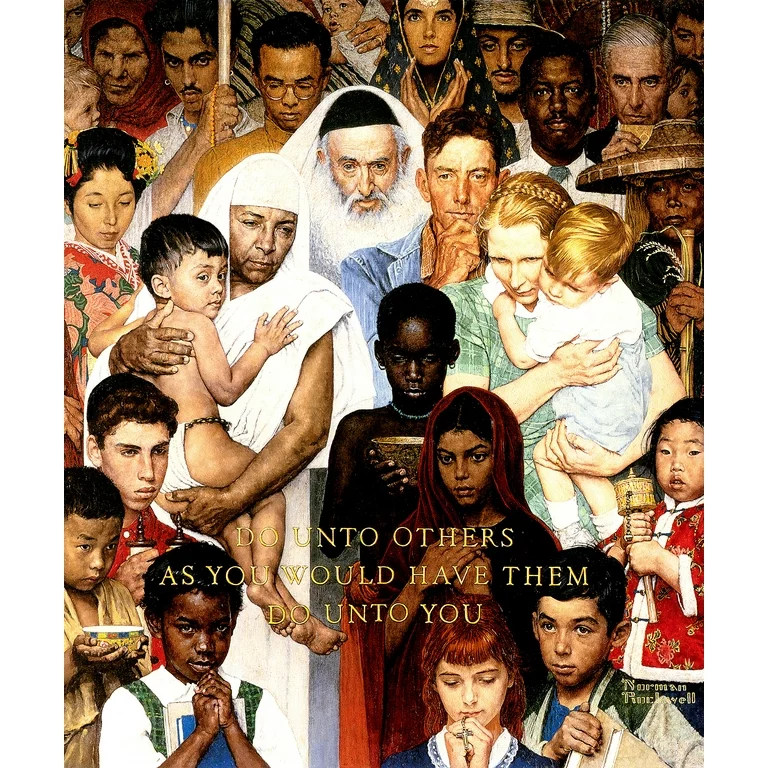
“Sacred Envy” is the well-known idea (at least in Latter-day Saint circles) of having the humility to recognize some positive attributes of other faiths, so I thought I would make my “sacred envy” list. To be clear, the Church of Jesus Christ of Latter-day Saints is my faith because I think it is the best and it is what it claims to be, to speak rather bluntly. It’s not my faith because of inertia or because I feel some kind of sociocultural connection. Still, I’m open to recognizing places where other faiths get it right, even if in recognizing these… Read More
-
•
•
22 responses
If the discussions here and at sites like this one are sometimes less than satisfactory, it’s partly because of unstated conventions and informal norms that got started nearly two decades ago and that we’re often barely conscious of today. Two especially need to be rethought. Read More
